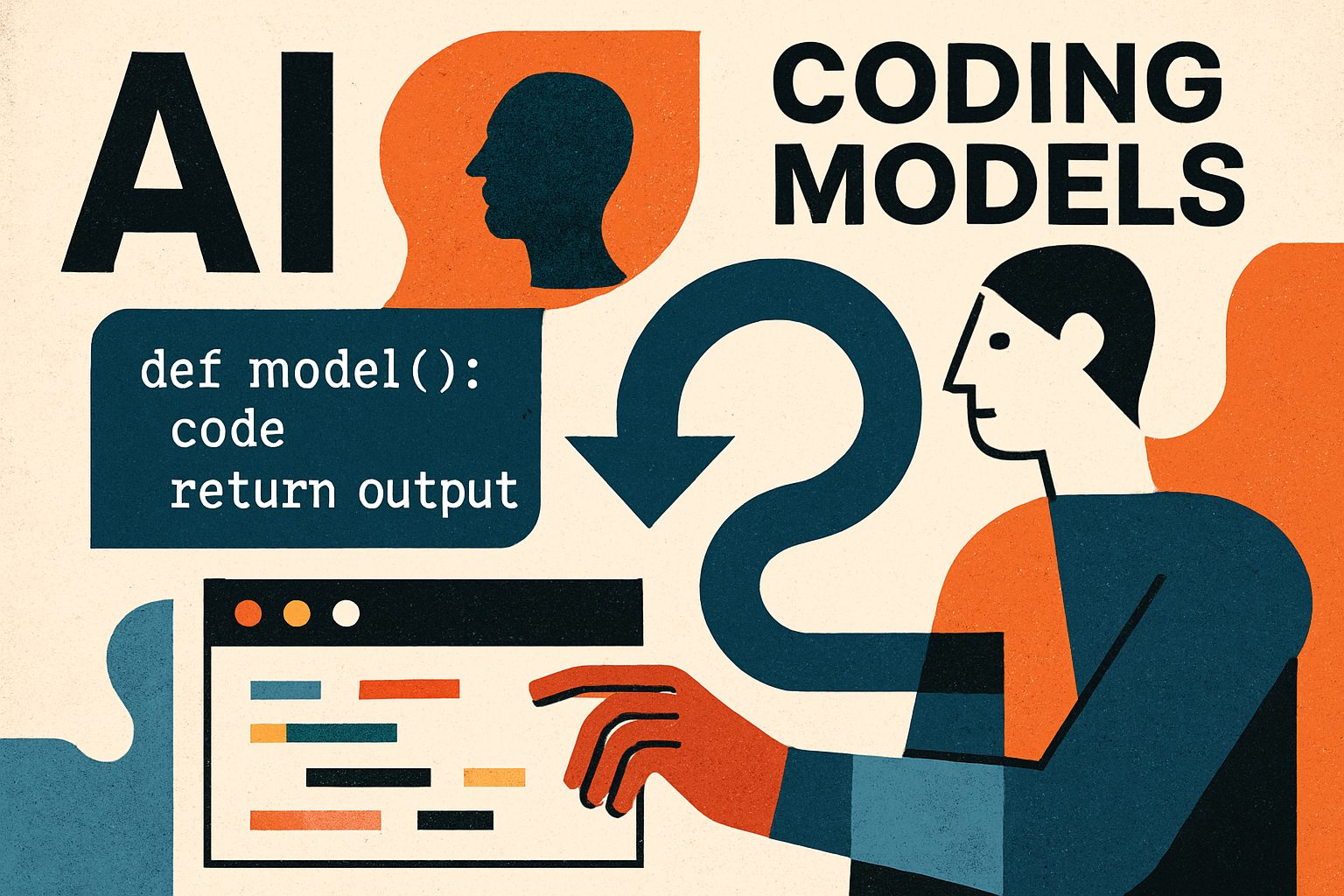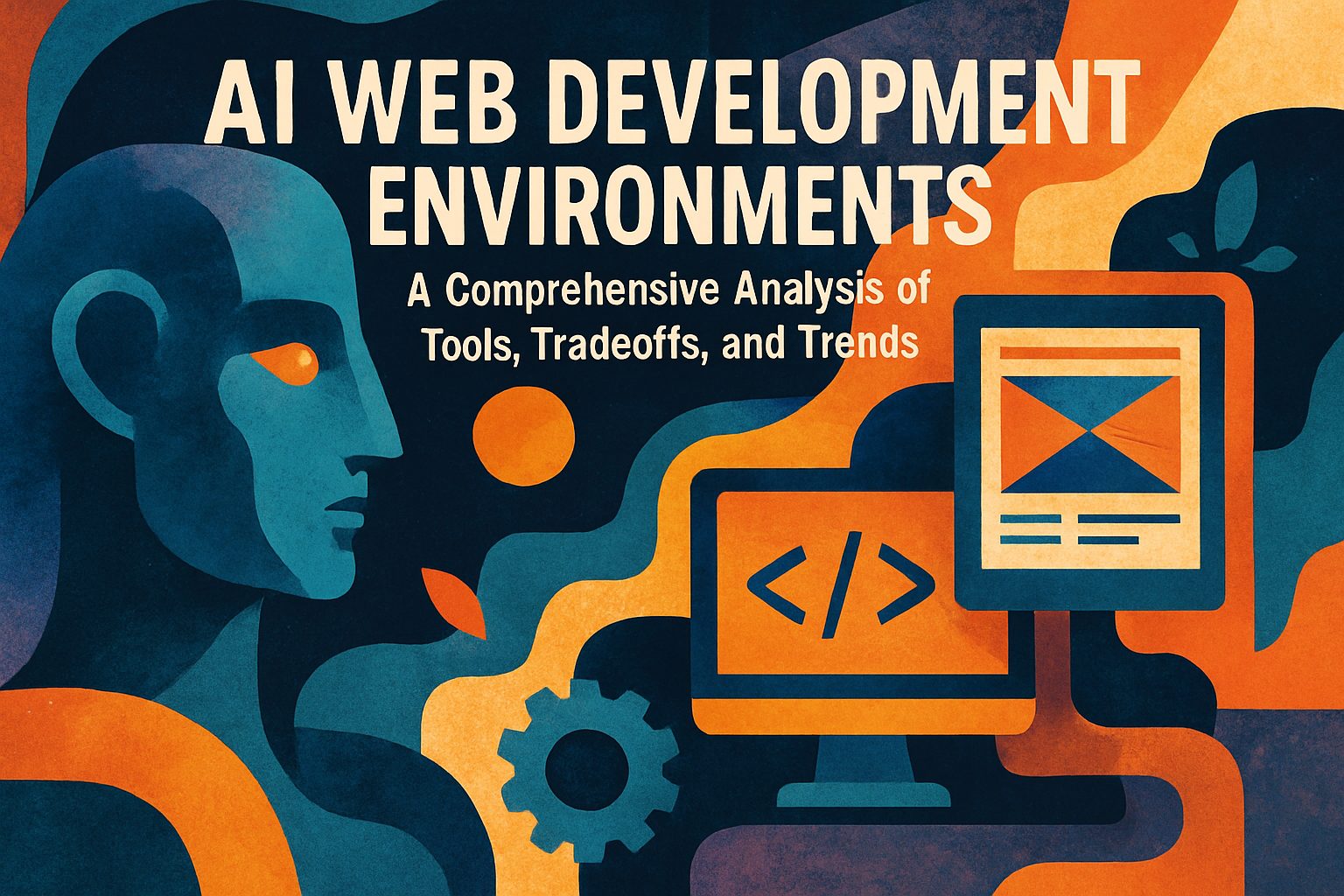
Unlocking Innovation: Mastering Full Stack and Augmented Development
In today’s fast-paced digital world, mastering full stack and augmented development is essential for creating immersive applications. This article offers a deep dive into innovative strategies and emerging trends that will empower developers to enhance user experiences and streamline their development processes.
In an era where digital transformation is not just a trend but a necessity, the demand for versatile development solutions has never been greater. As the technology landscape evolves, full stack and augmented development emerge as crucial methodologies that empower developers to create robust applications while enhancing user experiences through immersive technologies. This article delves into an extensive exploration of ideas and strategies that align with these two dynamic fields, providing a well-rounded perspective on their integration and application.
Drawing insights from 19 authoritative sources, this research offers a comprehensive analysis of the best practices, emerging trends, and innovative approaches suitable for full stack and augmented development. By synthesizing diverse viewpoints and expert recommendations, the report aims to furnish readers with valuable insights that can inform their development strategies and operational frameworks. Whether you are a seasoned developer, a project manager, or an industry enthusiast, this article promises to equip you with the knowledge needed to navigate the complexities of modern development landscapes effectively.
Welcome! Let’s dive into the fascinating world of full stack and augmented development. Based on our recent research summaries, we’ll explore current trends, identify knowledge gaps, and discover essential tools that can help developers thrive in this dynamic environment. Grab a coffee, and let’s chat!

Introductory Summary
Our exploration began with a focus on identifying key ideas suitable for full stack and augmented development. Through three rounds of research, we uncovered significant trends and knowledge gaps in the field. The first round highlighted the necessity to explore integration techniques and user interface design, especially with augmented reality components. The second round revealed three major trends shaping full stack development:
- Microservices Architecture
- Serverless Computing
- Increased Use of JavaScript Frameworks
Despite these findings, the third round faced challenges in identifying specific augmented development tools, indicating a need for further exploration in that area.
Main Body
Current Trends in Full Stack Development
Understanding the trends in full stack development is crucial for both new and seasoned developers. Here are three prominent trends that are shaping the landscape:
1. Rise of Low-Code/No-Code Development Platforms
Low-code and no-code platforms are revolutionizing how applications are built. They allow individuals, regardless of their coding skills, to create apps using visual interfaces and drag-and-drop features. This trend is beneficial for:
- Faster Development: Quicker iterations enable faster time-to-market solutions.
- Accessibility: They democratize app development, allowing more people to participate in the creation process.
However, developers should be cautious, as these platforms may limit customization for more complex applications. It’s essential to strike a balance between using these tools and traditional coding methods.
2. Integration of Artificial Intelligence and Machine Learning
AI and ML are becoming integral to full stack development. They help create smarter applications that can adapt based on user behavior. With organizations increasingly seeking professionals who can implement these technologies, it’s vital for developers to:
- Stay updated on AI and ML trends.
- Understand the ethical implications of these technologies.
By doing so, developers can enhance user experiences and automate tasks effectively.
3. Emphasis on Cloud-Native Development
Cloud-native development is changing how applications are constructed and deployed. By leveraging cloud resources, developers can create scalable applications that respond to changing demands. Key benefits include:
- Scalability: Applications can grow seamlessly as user needs evolve.
- Flexibility: Developers can make updates and changes without significant downtime.
However, cloud-native development also introduces complexities, particularly in security. It’s important for developers to navigate these challenges to deliver reliable applications.
Identifying Knowledge Gaps in Current Research
Despite the strides made in our research, several knowledge gaps remain. Here’s a closer look at these gaps, which need to be addressed:
- Methodological Gaps:
- There’s inconsistency in research designs, leading to challenges in comparisons. A standardized approach could enhance clarity.
-
The underutilization of longitudinal studies limits our understanding of long-term trends.
-
Empirical Gaps:
- Many theories lack empirical validation, particularly in critical areas like AI’s effectiveness in healthcare.
-
Conflicting results among studies often go unexplored, indicating a need for deeper investigation.
-
Theoretical Gaps:
- Many existing theories do not incorporate recent advancements, particularly regarding technology’s impact on behavior.
-
There’s a lack of comprehensive frameworks that address the complexities of emerging fields like mental health and technology.
-
Knowledge Gaps:
- Underrepresented populations in research lead to a skewed understanding of unique challenges faced by those groups.
-
Emerging fields like digital health often overlook significant aspects, such as user privacy.
-
Practical Gaps:
- There’s a noticeable disconnect between theoretical knowledge and actual professional practices, particularly in fields like public health.
- Investigating conflicts between advocated and actual practices can provide insights into barriers facing professionals.
To learn more about identifying gaps in literature, check out Lennart Nacke’s insights and the National University’s resource.
Exploring Augmented Development Tools
While our third round of research struggled to identify specific tools, we can still explore some of the essential platforms shaping augmented development. Here are five key tools and their applications:
1. Unity
Unity is a versatile game engine used for creating both games and augmented reality (AR) applications. Key features include:
– Cross-Platform Development: Write once, deploy everywhere.
– Rich Asset Store: Access to assets and plugins accelerates development.
– Visual Scripting: Non-coders can create gameplay without extensive programming.
2. ARKit and ARCore
These frameworks from Apple and Google, respectively, allow developers to build AR applications by integrating digital objects into the real world. They feature:
– Motion Tracking: Accurate placement of virtual objects.
– Environmental Understanding: Detects surfaces and light levels.
– Light Estimation: Matches lighting of virtual objects to the real world.
| Feature | ARKit | ARCore |
|---|---|---|
| Platform | iOS | Android |
| Motion Tracking | Yes | Yes |
| Environmental Understanding | Yes | Yes |
| Light Estimation | Yes | Yes |
3. Microsoft HoloLens
A mixed-reality headset that combines AR and VR, HoloLens is used primarily in enterprise applications like training and remote assistance. Its features include:
– Spatial Mapping: Interacts with the physical environment.
– Gesture Recognition: Control applications using hand gestures.
– Voice Commands: Integration with Cortana for voice control.
4. Vuforia
This AR development platform excels in image recognition and tracking, making it ideal for retail, education, and entertainment applications. Key features include:
– Image Recognition: Tracks images and objects in real-time.
– Model Targets: Tracks 3D objects for industrial applications.
Vuforia’s robust tracking makes it a popular choice for many AR projects.
5. Blender
An open-source 3D modeling tool essential for creating AR and VR assets. Its capabilities include:
– Comprehensive Toolset: For modeling, sculpting, and animation.
– Real-Time Rendering: Instant feedback on 3D model changes.
Blender’s flexibility makes it indispensable for augmented development.
In summary, while we identified significant trends in both full stack and augmented development, gaps in research and tool exploration remain. By addressing these issues, we can foster a more robust understanding of the evolving landscape.
Final Assessment and Conclusions
Overall, the integration of new technologies and methodologies in full stack and augmented development is crucial for staying competitive. Developers should embrace trends like low-code platforms, AI, and cloud-native development while also recognizing the importance of addressing knowledge gaps in research.
As the field evolves, staying informed about emerging tools like Unity, ARKit, and others will be vital for creating innovative applications that meet modern demands. Embracing these insights and tools will not only enhance individual skill sets but also contribute to the overall advancement of the industry.
Let’s continue to explore, learn, and innovate together! If you have any thoughts or questions, feel free to share them.
Vyftec – Full Stack & Augmented Development Solutions
At Vyftec, we excel in delivering comprehensive full stack and augmented development solutions that integrate cutting-edge AI and automation technologies. Our team has a proven track record of combining Python-based AI/ML development with n8n for seamless workflow automation, enabling businesses to harness the power of data intelligence and drive digital transformation. For instance, we successfully implemented custom AI solutions that optimized data scraping and content management for diverse clients, resulting in increased operational efficiency and enhanced user engagement.
With our commitment to Swiss quality and precision, we ensure that every project is tailored to meet your unique needs, empowering your organization to achieve its strategic goals. Let’s explore how Vyftec can elevate your development capabilities and transform your business landscape.
📧 damian@vyftec.com | 💬 WhatsApp


